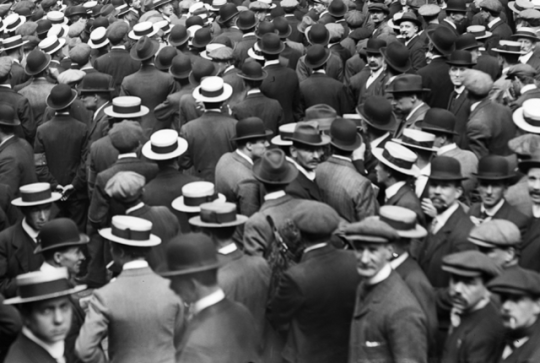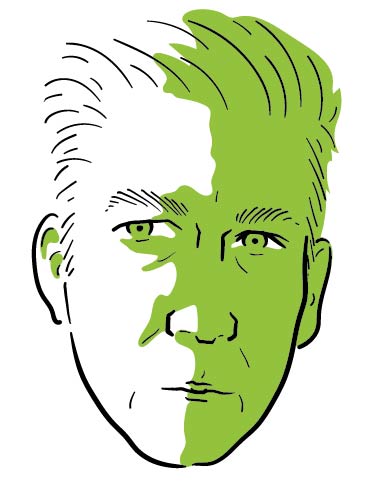
Jim Knipfel on the Straw Hat Riots of 1922
The history of New York City has been peppered with more than its share of memorable riots. If you take folk historian Herbert Ashbury at his word, the Five Points section of the Lower East Side was host to a continuous, bloody, multi-fronted riot which rolled on for some thirty years in the latter half of the 19th century. Tribes of newly-arrived Irish, Italian, and German immigrants battled each other, American-born gangs, and the police and firemen for control of the area. The devastating Draft Riots in the summer of 1863 raged for four days and remain the deadliest riots in U.S. history. There were the riots and looting that accompanied the 1977 blackout, the ethnically-charged riots in Howard Beach in 1986 and Crown Heights in 1991, and even the drunken riots that erupted outside Madison Square Garden following the New York Rangers’ Stanley Cup victory in 1994. For sheer, mind-boggling foolishness, however, none of them can touch the Straw Hat Riots of 1922.
Fashon has always been taken perhaps a bit too seriously in New York, a town where proper or improper attire can in an instant establish or destroy your social standing. A woman gauche enough to wear white shoes after Labor Day, for example, could quickly find herself shunned not only by strangers, but co-workers, friends, and family. In the first half of the 20th century, everyday fashion was as much a concern for men as it was for women. But in the case of men, the focus was much more on proper headgear.
Straw hats came into vogue and established themselves as the standard male fashion accessory of the Jazz Age, and an arbitrary but strictly-enforced rule went into effect. The rule dictated that on September 15th of every year, men switch out their summer straw hats for much more practical felt hats. The felt hats would then be worn exclusively through the fall and winter until the straw hats came out again the following spring. As with the accepted and appropriate color of women’s shoes, the rule could not be easily ignored.
But unlike women who dared to wear white shoes after Labor Day, the repercussions faced by men who wore the incorrect hat were much more severe than mere shunning. Men brazen enough to ignore the straw hat rule might find themselves confronted by roving bands of college-aged fashionistas, who expressed their displeasure with this particular cultural faux-pas in fairly direct terms.
It became common and accepted practice around New York that should these marauding bands of self-appointed fashion police spot a man foolish enough to wear a straw hat after September 15th, it was...
You have reached your article limit
Sign up for a digital subscription and continue reading all new issues, plus our entire archives, for just $1.50/month.
Already a subscriber? Sign in





